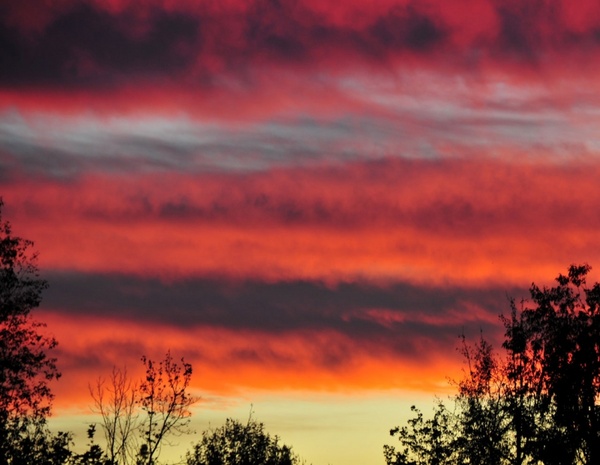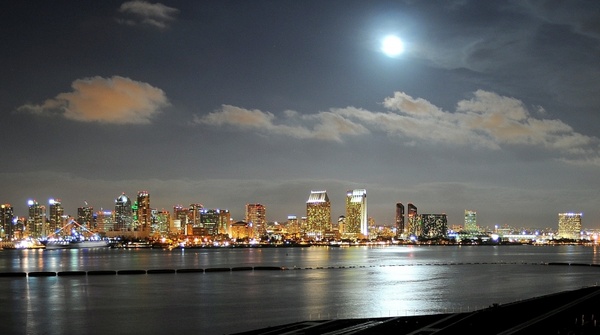
by Lorri | Nov 1, 2017 | Blog, UnCorked
There is no other way to start this column other than to say my heart aches for the many people affected by the devastating fires in Northern California’s wine regions. I have been on the phone over the past several weeks touching base with some of my dearest friends, in not only business discussions but to offer my personal condolences on the sheer devastation and destruction they have endured. Our conversations quickly turned not to the devastation of the wines but to the loss of lives.
The vineyards will recover in time, but the loss of life is forever.
From all accounts, the immediate implications of the devastation are still being assessed, but in no way is this vintage — or the wine regions we have revered for decades — doomed. Many wineries in this region had almost 90 percent of their grapes harvested and some already in vats in the winery.
Most readers have questioned the effect smoke has on grapes and a finished wine. The industry refers to this as “smoke taint,” the result of smoke seeping into the pores of grape skins and grapevine leaves and becoming present in the juice. This generally shows up later in smoky or ashy wine aromas and taste of bitter, smoky and charred flavors. Smoke has affected vineyards as recently as the 2008 vintage in Mendocino and northern Sonoma where forest fires in Mendocino cast an eight-day smog of smoke over many vineyards.
A recent bulletin from the University of California Davis Department of Viticulture and Enology offered a wealth of information on this subject. The grapes can’t simply be washed to remove the smoke. Washing grapes will remove the ash left by the fires from the exteriors but the compounds causing smoke taint are already inside the grapes. However, there are methods used to remove these smoke-derived compounds. One is reverse osmosis, a form of membrane filtration that can remove these compounds. But the UC Davis bulletin states that over time the taint may return because some of the smoke’s effects are temporarily bound up in the chemistry of the wine but can be released as the wine ages. Many experts in the industry believe this unlikely, as this method has improved dramatically over the last years and is a viable option. But, with much of the harvest in before the smoke covered vineyards, smoke taint is a risk for a small percentage. Numerous studies confirm that smoke taint does not linger in the grapevines and will not affect the quality of future harvests.
Here in Arkansas we may feel as if we’re too far away to help in the recovery, but one thing we can all do is simple: Buy Northern California wines with confidence in the resiliency of these communities that in their words, “are only stronger” and keep their devastation and recovery in our thoughts.

by Lorri | Jul 19, 2017 | UnCorked
Most of us are familiar with, if not dedicated fans of, California’s Sonoma and Napa Valley regions. But is there California wine outside of these famous regions? You bet there is and many go unnoticed or consumers simply forget the Golden State is known as the quintessential arena for some of the world’s most respected agriculture, including grapes.
MENDOCINO
Mendocino County is a foggy and cool region that is home to some of the world’s tallest living trees (370 feet). Though much of the county is covered in redwood forest, there are pockets of vineyards producing excellent wines. Vines make up about 17,000 acres, with chardonnay being the lead grape followed by pinot noir and cabernet sauvignon with most of the vineyards in the inland valleys of this mountainous region. Vineyards growing white wine grapes are generally located on flood plains along the Navarro and Russian rivers while most of the reds are grown on the bench lands above.
THE VALUE
- 2016 Parducci Pinot Noir (about $13 retail)
THE SPLURGE
- NV Scharffenberger Brut Sparkling (about $21 retail)
SANTA BARBARA
Santa Barbara’s geography allows for ocean breezes to blow eastward, channeled by the mountains and hills that surround the region. This creates a valley funneling cool air and fog directly in from the Pacific Ocean. Because it has a more maritime climate it offers dramatic changes in climate from the cool, wet and windy coast to the warm, dry inlands. The unique climate coupled with diverse soils ranging from ancient beach to limestone makes for a near perfect place for grapes to grow. This range of microclimates allows for a gamut of fine wine grapes from chardonnay, sauvignon blanc, pinot noir and even some Rhone varieties (grenache, syrah) and Bordeaux varieties (cabernet sauvignon, merlot) to excel.
THE VALUE
- 2016 Santa Maria Vineyard and Winery Sauvignon Blanc (about $13 retail)
THE SPLURGE
- 2015 Presqu’ile Santa Maria Valley Pinot Noir (about $42 retail)
LAKE COUNTY
North of Napa Valley, Lake County is a fast-growing wine region with some areas expected to double in the next few years as many new vineyards are being planted. Cabernet sauvignon is the most planted grape followed by sauvignon blanc. The Lake County region surrounds Clear Lake, the largest natural lake in California. Grapes are planted in many places from the rich soils of the valley (lake level) to the rocky volcanic soils at more than 2,000 feet elevation around Mt. Konacti, a dormant volcano. The higher elevation, cooler winter conditions and later start to the growing season mean few grape pests so sustainable farming practices can occur almost year-round.
THE VALUE
- 2016 Shannon Ridge Winery Cabernet Sauvignon (about $15 retail)
THE SPLURGE
- 2016 High Valley Zinfandel, California (about $20 retail)

